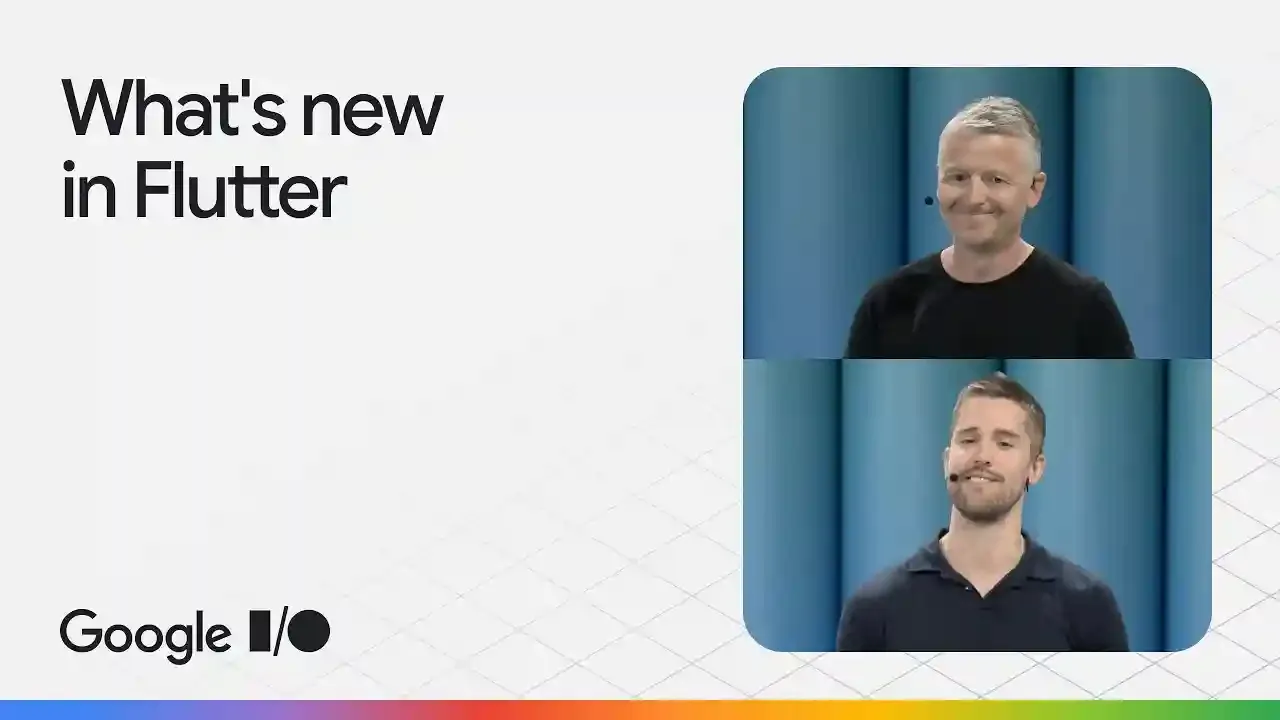The Latest Innovations in Flutter: What You Need to Know
In the rapidly evolving world of app development, Flutter continues to stand out as a leading framework that empowers developers to create stunning applications across multiple platforms using a single codebase. The recent updates unveiled at Google IO shine a light on how Flutter and Dart are evolving to meet the demands of modern developers. This article dives into the exciting new features, tools, and community engagement that define Flutter’s latest landscape.
Why Flutter Matters
Every day, users interact with various devices—smartphones, laptops, and embedded devices—creating a challenge for app developers: How to maintain high-quality experiences across multiple platforms? Flutter addresses this struggle by offering a unified framework that promotes productivity and allows developers to focus on creating rather than worrying about device compatibility. With Flutter, developers can build rich experiences that are versatile and adaptable.
Flutter’s Momentum in the Industry
According to the JetBrains State of the Developer Ecosystem survey, Flutter has emerged as the most relied-upon multiplatform app framework since 2021. Additionally, Apptopia, an app intelligence provider, highlights that Flutter represents a staggering 28% of all new free apps in the Apple App Store. This robust momentum is evidence of Flutter's increasing adoption among industry giants, further solidifying its place in the app development arena.
Community Contributions
A strong community is crucial to Flutter’s success, demonstrated by the Flutter Meetup Network, which spans 150 groups across 66 countries with over 83,000 members. The growth in community contributions has also soared, with 202 new contributors joining efforts in developing Flutter's core libraries—leading to over 4,000 changes over the past year.
Exciting Features and Updates in Dart
Dart, as the programming language behind Flutter, has undergone significant improvements. Here are some of the notable updates:
- Digit Separators: Introduced to enhance readability, this feature allows developers to easily read large numbers in the code.
- Wildcard Variables: A recent addition that simplifies variable handling, allowing developers to ignore specific return values without excessive underscores.
- Null Aware Elements: Developers can include elements in collections only if they are not null, streamlining code syntax and ensuring type safety.
These enhancements not only improve code clarity but also optimize the development process, ultimately benefiting the end-user experience.
Developer Experience Enhancements
Flutter's development tools have seen notable improvements aimed at enriching the developer experience:
- Property Editor Feature: Developers can select widgets directly in their IDE and instantly see all primary layout features, enabling swift adjustments without scrolling through documentation.
- Improved Dev Tools Inspector: Enhancements to the dev tools make it easier to diagnose layout issues by simplifying the widget tree and ensuring real-time updates during development.
- Package Manager Updates: The addition of dark mode support and the trending packages feature on
pub.devallows developers to discover popular packages quickly.
Enriching Flutter's Ecosystem
Numerous apps have successfully integrated Flutter, showcasing the framework’s versatility and capabilities:
- Reflection.app: Utilizes Firebase and Gemini to create a personalized journaling experience, boosting user engagement by 60% with the introduction of Gemini AI prompts.
- Notebook LM: An AI-powered research assistant transitioned from a web-only service to a mobile application using Flutter, addressing rapid market demands for mobile compatibility.
Flutter’s ecosystem is further expanded by partnerships with companies like Canonical and LG, which utilize Flutter to enhance their applications and contribute to its ongoing development.
Accessibility and Performance Upgrades
Accessibility and performance are also key focuses for Flutter in its latest updates:
- The introduction of Stateful Hot Reload for Flutter web apps allows faster iterations during development by reflecting code changes without the need for full reloads.
- Enhancements to the accessibility system have been made to ensure app compatibility with varied accessibility tools, broadening the reach of Flutter applications.
Direct Native Interoperability
One of the standout features announced is Direct Native Interop, which allows Flutter to access native APIs more seamlessly than ever before. This entails:
- Merging UI and Platform Threads: This architectural change enhances performance by allowing developers to call native APIs synchronously, reducing boilerplate code.
- Build Hooks: Facilitates access to native libraries, enabling smoother integration of non-Dart libraries (e.g., C or R based) into Flutter apps.
Enhancements for iOS and Android
Flutter is committed to providing a high-quality user experience on both Android and iOS platforms:
- Flutter's Impeller Renderer is now the primary rendering engine for Android, promising faster performance and better UI rendering consistency.
- Advanced features aimed at maintaining fidelity with iOS aesthetic standards have also been introduced, ensuring a refined user experience across both platforms.
Leveraging AI in Flutter Development
AI is becoming integral to enhancing the development process. The integration of Gemini's live API allows developers to build AI-powered features quickly. For example, a plant identifier app demonstrates how AI can enhance user interactions, enabling real-time plant recognition through camera integration.
Furthermore, AI code generation is making waves by enabling developers to create applications faster, allowing them to prototype and test ideas without extensive delay.
Conclusion
The landscape of app development is rapidly changing, and Flutter is at the forefront of this evolution. From new developer tools to increased community collaboration and innovative integrations, the latest updates to Flutter and Dart provide developers with the resources they need to build quality mobile applications efficiently.
Whether you’re a seasoned developer or just starting, understanding these advancements can give you an edge in leveraging Flutter for your next project. Keep exploring the possibilities and stay updated on the latest trends and features.
Don’t miss out on leveraging Flutter to enhance your app development journey; dive in and explore the capabilities it offers today!












